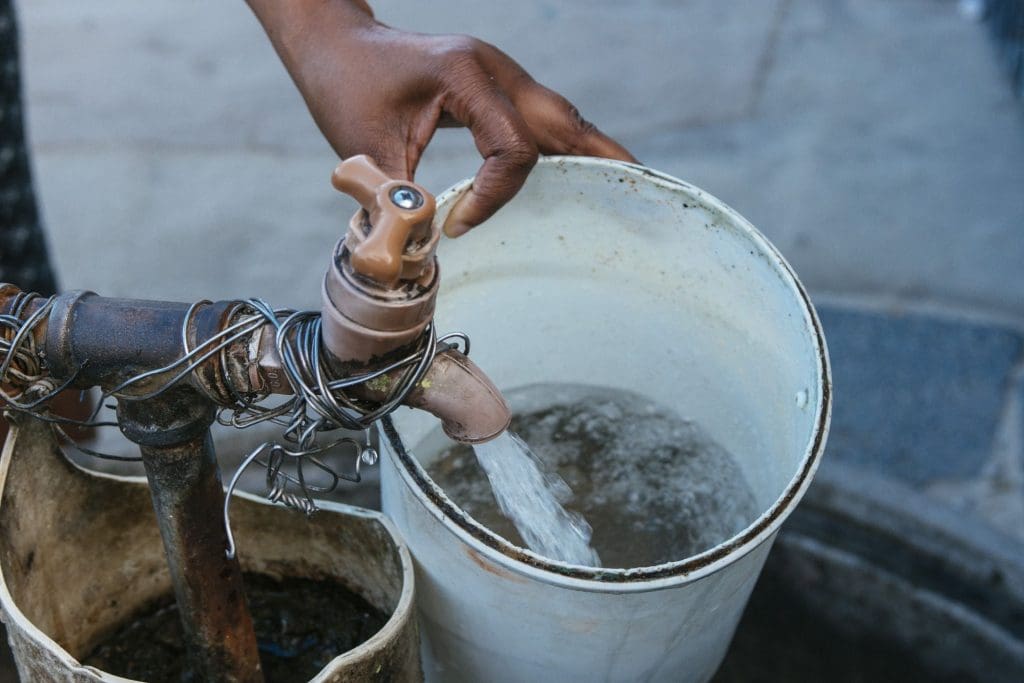Sipho Mosai, CEO of Rand Water, attributes the continuing Rand Water Crisis in Gauteng to several causes, including load shedding and climate change, but singles out excessive household usage as the primary offender.
Rand Water Crisis is presently affecting Gauteng’s major metro areas, leaving many homes without water for weeks. Water in bulk is provided by Rand Water. Water from the Vaal dam integrated system is purchased from the ministry of water.
Rand Water Crisis Has Been Going On For Weeks
After that, it is purified before being pumped to several water reservoirs spread over four provinces, including all of Gauteng’s municipalities. According to Rand Water, Johannesburg has one of the highest per capita water consumption rates in the world, using an average of 300 liters of water per day, compared to the global average of 173 liters.
He went on to say that many Gauteng homeowners waste a lot of precious water by watering their gardens, which frequently include exotic plant species that need a lot of water.
Rand Water Crisis, according to Mosai, is not a lack of water per se, but rather flaws in the value chain and the need for water conservation in light of increased consumption and climate change, which were addressed at a briefing this past week.
According to him, load shedding is the main problem with the water supply since it prevents pumping stations from being able to move water, which delays the rate at which reservoirs can refill. However, Gauteng’s citizens’ modes of consumption, such as utilizing water for non-drinking activities like watering lawns, are the main cause of the region’s lack of water supply.
According to him, the garden receives 49% of the water that is delivered to the consumer; the water crisis is the result of this inefficient water use as well as the overall high consumption rate.



